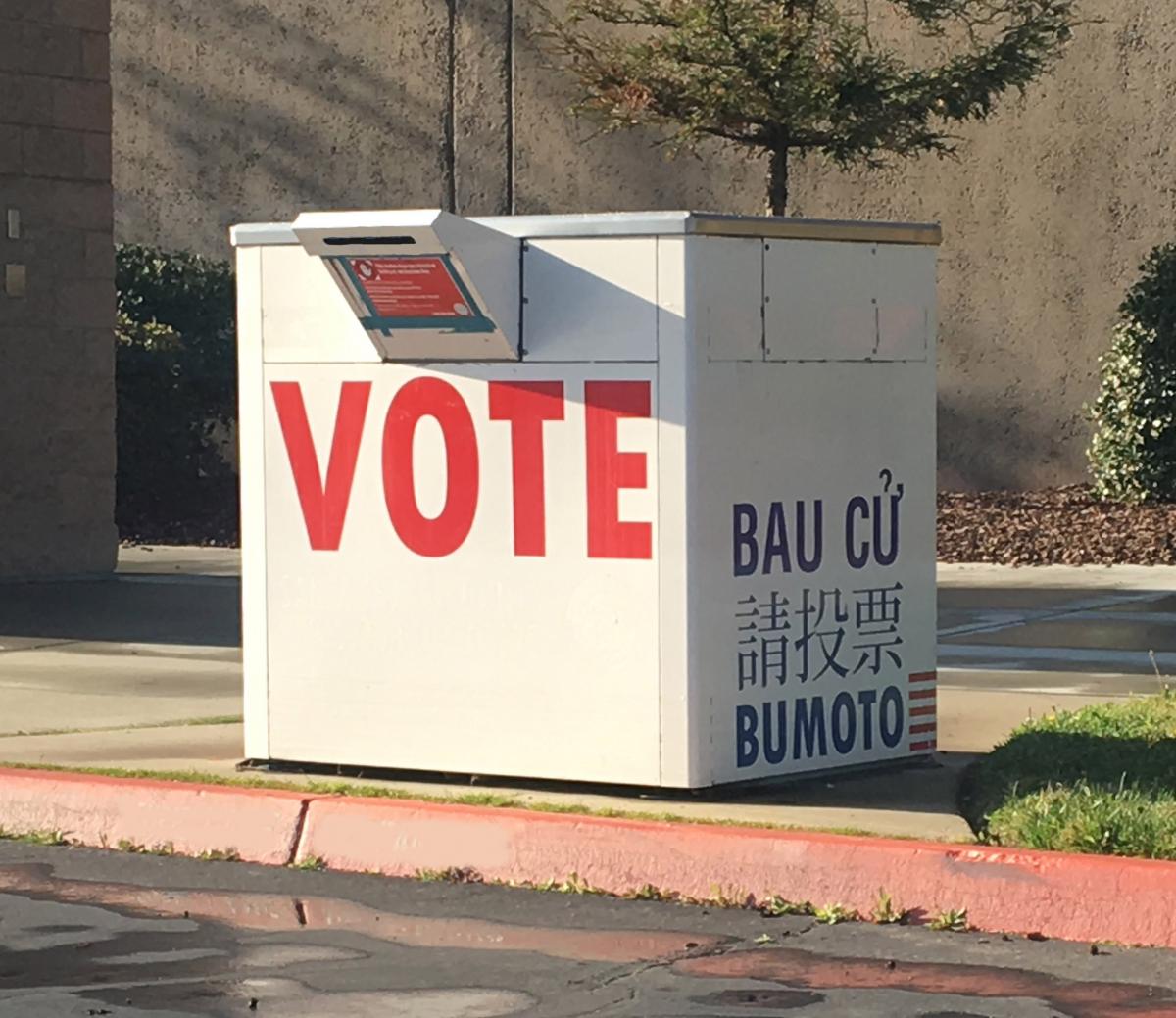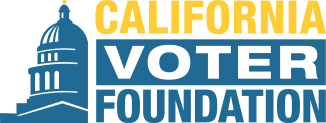 Sacramento, CA -- A growing percentage of California voters will cast vote-by-mail ballots in the state’s March 3 Presidential Primary, but not all of those ballots will get counted.
Sacramento, CA -- A growing percentage of California voters will cast vote-by-mail ballots in the state’s March 3 Presidential Primary, but not all of those ballots will get counted.
“While casting a vote-by-mail ballot is a popular option, it’s not without its challenges,” said California Voter Foundation (CVF) President Kim Alexander, whose organization works to improve the vote-by-mail process through research and legislative reforms.
In 2018, one out of every 100 vote-by-mail ballots cast got rejected according to data published by the Secretary of State. Mail ballots are rejected primarily for three reasons - arriving too late, or the voter forgetting to sign their ballot envelope, or the signature not sufficiently matching the voter’s signature on file.
Under California law, ballots postmarked by Election Day will be counted as long as they arrive within three days. Another new law requires counties to provide voters with pre-paid postage ballot return envelopes.
Alexander’s advice: “If you are mailing in your ballot, do so by February 25 and give it a week to be delivered. If you want to make your decisions after February 25, return your voted ballot in person to a ballot drop box, voting site, or your county election office by 8 p.m. on March 3.”
CVF is also encouraging voters to remember to sign and date their ballot envelope. “Every envelope signature is checked against the voter’s registration application signature. If you are not sure what your signature looks like, check your driver’s license or state ID and make it look like that,” Alexander advised.
California law also now requires counties to contact voters with missing or mismatched signatures so they can submit a valid signature and get their ballots counted, a process that is also helping to reduce the number of rejected ballots.
This year, 15 counties are conducting elections under the Voter’s Choice Act, a 2016 state law that permits counties to replace neighborhood polling places with county-wide vote centers that are fewer in number but offer voters more services and are open for multiple days.
All registered voters in these 15 counties were sent a vote-by-mail ballot even if they are not signed up as a vote-by-mail voter, with the exception of Los Angeles, which the law permits to phase in 100 percent mail ballot delivery. Other Voter’s Choice Act counties include Butte, Nevada, El Dorado, Sacramento, Amador, Calaveras, Tuolumne, Mariposa, Madera, Fresno, Napa, San Mateo, Santa Clara, and Orange.
Voters in 25 counties can now track their ballot online through a new California Secretary of State-sponsored tool at wheresmyballot.sos.ca.gov. Several counties offer online ballot status lookup tools as well. Voters with questions or in need of a replacement ballot can find their county election office’s contact information on CVF’s web site, www.calvoter.org.

